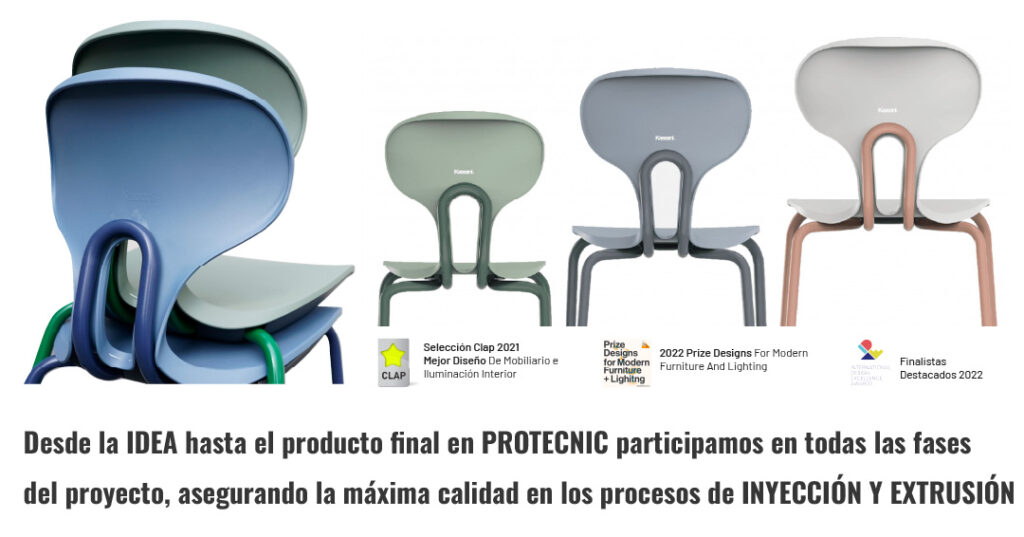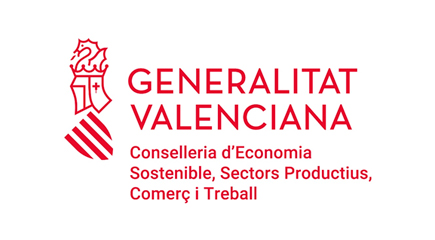An emerging design concept within the Design for Excellence framework is design for manufacturing, a collection of recent production and design process management techniques, which due to their amazing advantages, are now being used more and more in product design. Designers select one or more of the several DFX methods that are pertinent to their product design goals, and then, they can then guarantee a top-notch product design by putting the principles associated with each of those strategies into practice.
Un diseño mejor a menor coste es el objetivo de la filosofía de diseño de productos conocida como “diseño para la fabricación”, que optimiza la elección de materiales y técnicas de fabricación. Siguiendo estas recomendaciones, el producto final debería ser más rápido de producir y más fácil de fabricar que el diseño original. El diseño para la fabricación ayuda a analizar diversas áreas de los procesos de diseño y fabricación a la luz de numerosas y sabias directrices. Además, ofrece nuevos enfoques y métodos para modificar el diseño del producto de forma ventajosa para todas las partes implicadas.

A simulation of such advanced production was previously only a pipe dream due to the scarcity of tools and manufacturing techniques. The situation has changed. Today, it is simpler to conduct in-depth simulations and even produce physical iterations for specific items thanks to modern digital manufacturing simulation tools and inexpensive quick manufacturing technologies, including additive manufacturing. At a fraction of the original cost, these tools make extensive DFM modelling and real-world testing possible. As a result, more and more firms are incorporating design for manufacturing into their operations to profit from its numerous advantages.
Design for manufacturing is so important in today's competitive marketplaces for a number of reasons, being some of them the ability to:
- Create accurate cost models that reflect the goals of the product.
- Reduce manufacturing difficulties, so the product may be produced more quickly and cheaply.
- Produce an effective design that allows for future design modifications without incurring significant expense.
- Identify and remove any extraneous design aspects that increase costs.
- Reduce supplier bids by altering the design in accordance with DFM principles.



